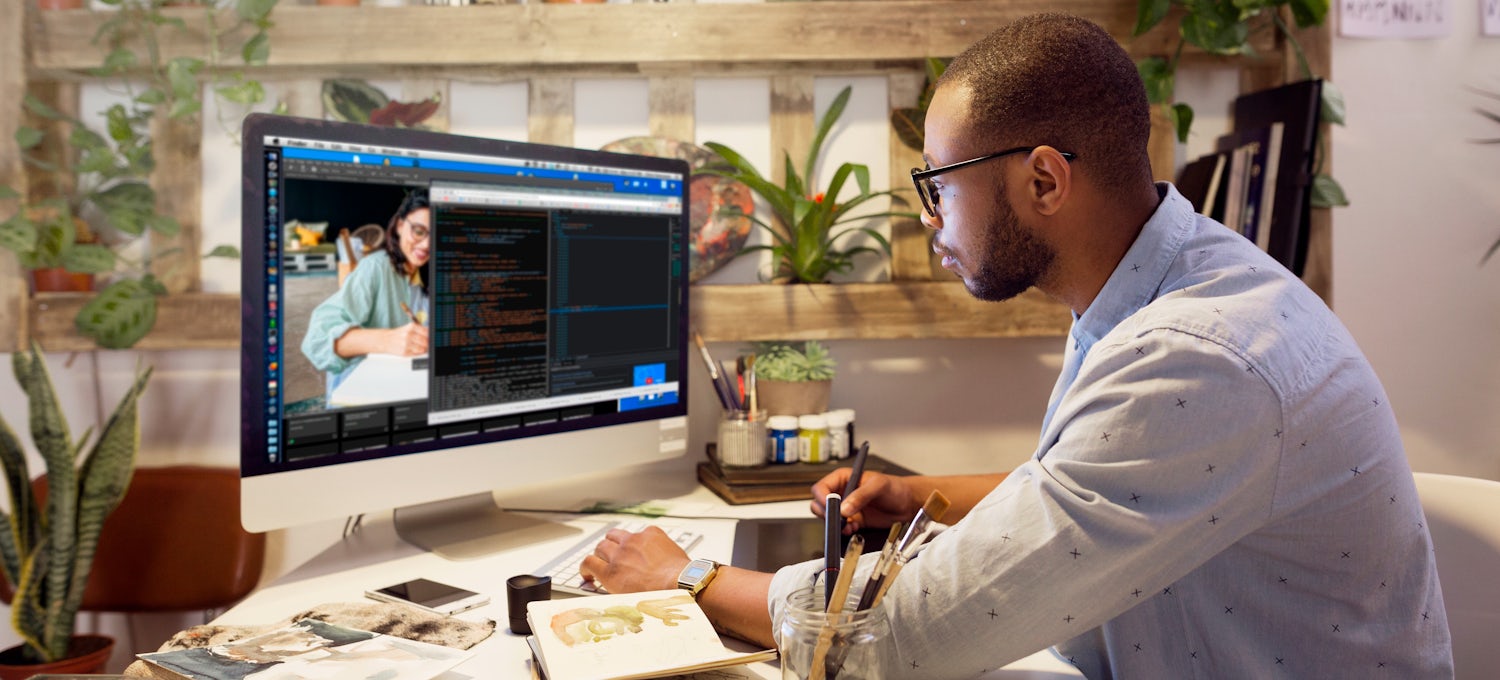Aligned Position Web Design: Crafting Visually Appealing Websites for Modern Businesses
Aligned Position Web Design: Crafting Visually Appealing Websites for Modern Businesses
Blog Article
The Ideal Kinds of Website Design to Boost User Experience and Interaction
In the ever-evolving landscape of electronic interaction, the performance of Web design considerably impacts individual experience and interaction. Different layout strategies, such as minimalist, receptive, and interactive designs, each offer special advantages that can cater to varied customer demands.
Minimal Web Design
As electronic landscapes end up being progressively chaotic, minimalist Web style has actually emerged as an effective technique to boosting individual experience. This layout ideology prioritizes simplicity, concentrating on necessary aspects while eliminating unnecessary diversions. By using enough white room, straightforward navigation, and a restricted color combination, minimal design cultivates clarity and guides individual attention to essential web content.
The core principle of minimal website design is to develop a smooth communication for individuals. By lowering cognitive load, individuals can quickly comprehend information without really feeling bewildered. This straight technique not only improves use however additionally urges interaction, as site visitors are most likely to explore a website that is easy and aesthetically appealing to browse.
Furthermore, minimal style often emphasizes typography and images, making use of these elements strategically to communicate messages properly. This concentrate on essential elements can enhance brand name identity and develop a memorable customer experience. Fundamentally, minimal website design is not just a pattern; it is a thoughtful methodology that recognizes the relevance of user-centered style. By removing peripheral components, developers can create an extra engaging, reliable, and enjoyable Web experience for all users.
Receptive Web Style
In today's varied digital atmosphere, responsive website design has actually ended up being vital for developing a seamless customer experience throughout a wide range of gadgets. As users accessibility websites on smartphones, laptop computers, tablets, and desktop computers, the ability of a web site to adjust its format and web content to various screen dimensions and resolutions is critical.
Responsive website design uses versatile grids, photos, and CSS media inquiries to ensure that Web material is presented optimally, despite the gadget used. This method not just enhances the aesthetic allure of a web site but also dramatically improves use. Users are more probable to involve with a site that offers a regular experience, as it eliminates the disappointment of needing to focus or scroll excessively.
Moreover, internet search engine, including Google, prioritize mobile-friendly web sites in search positions. By embracing responsive layout, organizations can improve their presence and reach a wider target market. This technique also streamlines web site maintenance, as a solitary variation of the site can cater to all gadgets, minimizing the need for numerous versions. In recap, receptive Web layout is an essential technique that improves customer experience, engagement, and general satisfaction.
Interactive Web Layout
Receptive website design lays the foundation for enhancing user experience, but interactive Web design takes this an action even more by involving customers in a more vibrant way - Aligned Position Web Design. By including aspects such as animations, clickable prototypes, and real-time feedback, interactive website design mesmerizes users, drawing them into a richer surfing experience
This method not just fosters engagement yet also encourages users to explore content actively rather than passively eating it. Strategies such as gamification, where users earn benefits for finishing tasks, can significantly boost the moment invested in a site and enhance total fulfillment. Additionally, interactive functions can streamline complex information, making it much more absorbable and pleasurable.

Integrating interactive design elements can also cause greater conversion prices, look at more info as individuals are more probable to involve with a site that proactively entails them. Aligned Position Web Design. Inevitably, interactive Web design changes user experiences right into remarkable trips, ensuring that visitors return time and again
Apartment Layout
Defined by its minimalistic method, level design emphasizes simpleness and capability, removing unneeded aspects this article and concentrating on crucial features. This style viewpoint prioritizes functionality, making sure that customers can navigate user interfaces easily and performance. By employing a tidy visual, flat design eliminates the clutter typically discovered in extra ornate styles, thereby improving user concentrate on web content and functionality.
The hallmark of level layout hinges on its use of strong colors, easy typography, and geometric forms. These components contribute to a visually attractive user interface that is both friendly and modern-day. Additionally, flat style cultivates a feeling of quality, allowing customers to determine important actions and details without diversion.
Moreover, level design is specifically efficient in receptive Web style, as its simplicity converts well throughout numerous gadgets and screen sizes. The lack of complex structures and gradients reduces loading times, which is critical for maintaining customer interaction. As electronic landscapes continue to develop, level style stays an appropriate option for developing easy to use internet sites that boost total experience. By concentrating on necessary attributes, level layout not just meets customer demands however also encourages seamless communication, making it a crucial element of reliable website design approaches.
Adaptive Website Design
Adaptive Web style customizes the individual experience by developing several taken care of layouts tailored to different screen sizes and devices. Unlike receptive style, which fluidly changes a single format, flexible style employs distinctive formats for certain breakpoints, making certain optimum presentation on various platforms. This technique permits designers to concentrate on the distinct features of each device, boosting use by supplying specifically what individuals require based upon their context.
Among the key benefits of flexible Web design is its ability to optimize lots times and performance. By offering customized web content and photos that fit the user's device, sites can minimize information usage and boost loading speeds. This is particularly useful for users with slower connections or limited data strategies.

Additionally, adaptive design facilitates a more constant and regulated branding experience. Given that developers create multiple designs, they can make sure why not check here that the visual aspects straighten with the brand name's identity throughout different platforms - Aligned Position Web Design. This leads to a natural customer experience, enhancing interaction and promoting customer retention
Verdict
Minimalist layout cultivates clarity and focus, while responsive style makes sure flexibility throughout various tools, advertising availability. Collectively, these design comes close to add to the production of user-friendly atmospheres that not only improve complete satisfaction however additionally drive higher conversion rates, emphasizing their important significance in modern Web design approaches.

Minimal style cultivates clarity and focus, while responsive style guarantees versatility throughout various gadgets, advertising availability. Collectively, these design comes close to add to the production of easy to use environments that not just improve contentment yet also drive higher conversion prices, highlighting their critical importance in modern Web layout approaches.
Report this page